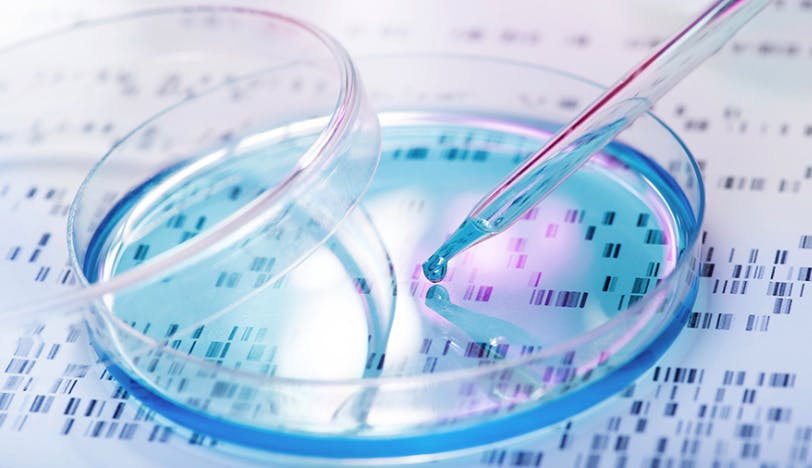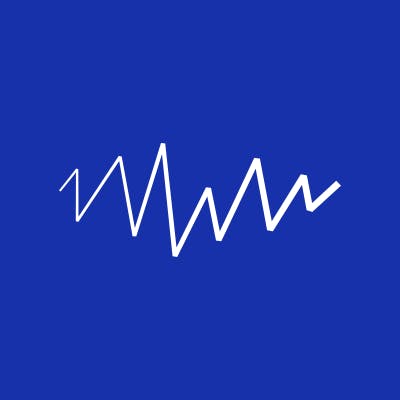Dr Bruno BIOULAC – Aesthetic and Plastic Surgeon, Head of Clinic and Head of Plastic Surgery at the Freudenstadt Hospital, Germany
INVIVOX: How would you summarise this discipline?
Dr Bruno Bioulac: Regenerative medicine takes advantage of the body's ability to regenerate and uses the following procedures: plasma therapy, adipose tissue transplantation, and mesenchymal stem cell stimulation or transplantation.
INVIVOX: What is the aim of this training course?
Dr B.B.: The training course "First steps in Regenerative Medicine" aims to allow participants to discover the therapeutic potential of these methods. It also aims to demonstrate the technical imperatives of these practices which are critical preconditions for their effectiveness. The final aim of this course is to allow the participants to realise if they want to go further and become experts.
INVIVOX: Is this course theoretical and/or practical?
Dr B. B.: It is both theoretical and practical. We will intervene on six “plasma” patients, two “transplant” patients, and one or two “stem cells” patients over two days. The aim is to see as much as possible to determine what participants will want to do later in these types of procedures, according to their affinities. When the participants in the introduction course “First steps in Regenerative Medicine” decide to sign up to the specialised courses that I organise, I put at their disposal a lecture and theoretical course. The “First step” course leads to more specialised training based on pure shadowing where trainees learn to reproduce each gesture, preparation, and treatment. I recommend first attending the "First steps in Regenerative Medicine" course, then taking part in the specialised placements in plasma therapy and stem cells, which are increasing in levels of difficulty (hence the recommendation to follow the complete training course). Following these placements, participants will have access to a forum which provides information, publications, etc., to keep their knowledge up-to-date: the goal is to not leave them alone.
"« I am a strong advocate for shadowing in medicine, especially when it comes to regenerative medicine."
INVIVOX: What techniques will you present during this introduction course?
Dr B. B.: Plasma therapy, fibrinogen-rich plasma "destined to replace hyaluronic acid", transplantation of microfat, nanofat adipose tissue, and mesenchymal stem cell transplantation, covering their preparation and application. In this first contact with the discipline, we will show participants that they can do dermatology, orthopaedics, and neurology with degenerative neuropathies, aesthetics, tissue regeneration all the way to stem cells. I train participants from A to Z, from theory to technique, from technique to material, from material to practice, and I then assist them in their first steps.
INVIVOX: Are these autologous procedures the future?
Dr B. B.: Yes, they are the future of medicine. After the era of pharmacy and prosthetics comes the era of biology.
"“Aesthetic represents only 5% of regenerative medicine, aesthetics being only the ideal form of health”"
INVIVOX: Is it realistic to combine different techniques such as plasma therapy, injection of stem cells and fat in the same procedure?
Dr B. B.: Yes, not only is it possible, but it also makes sense. The stem cell, if there is no damage, sleeps. To wake it up, a cell next to it needs to die triggering apoptotic factors. The stem cell is mobilised by pro-inflammatory factors that can only exist in this context (TNF alpha, interleukin 1 and 6, etc.) It is therefore very interesting to introduce the inflammatory message at the right time. The best copy of the inflammatory message is the intra-tissue arrival of platelets. The success of the therapy depends on a good knowledge of the techniques and procedures, hence the need to be perfectly trained. The lack of positive results is linked to bad practice, leaving room for critics.

